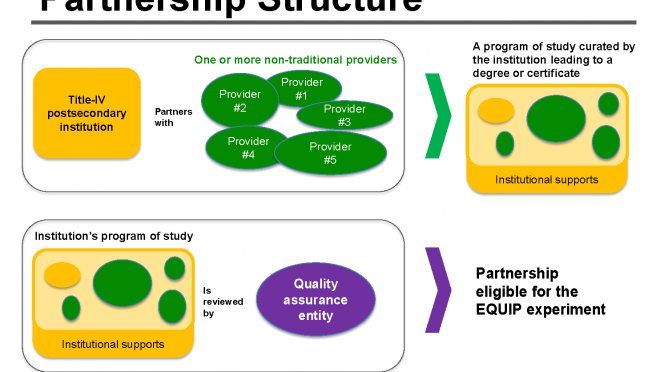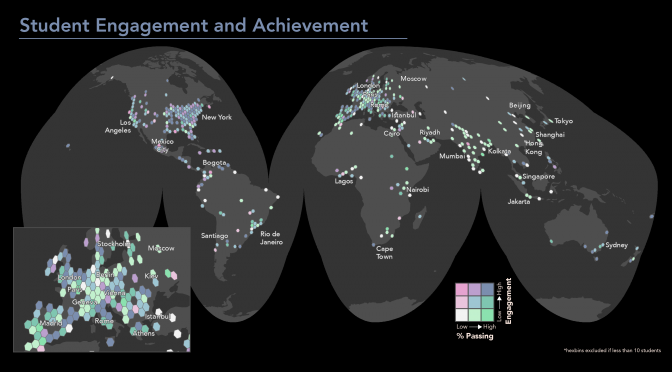Stanford’s CS + X joint major program allows undergraduate students to marry computer science skills with an interest in the humanities. The CS +X degrees include specialized courses that involve both aspects of the student’s chosen educational path.
CS+X degrees may not be meant for students who want to do deeply technical work as programmers, but rather for those who want to use data collection to analyze topics such as politics, society, and the environment, says Jim Kurose, assistant director for computer and information science and engineering at the National Science Foundation.
See:
Ruff, Corinne. Computer Science, Meet Humanities: In New Majors, Opposites Attract. Chronicle of Higher Education, January 28, 2016.
as well as Stanford’s description and listing of these joint majors.

